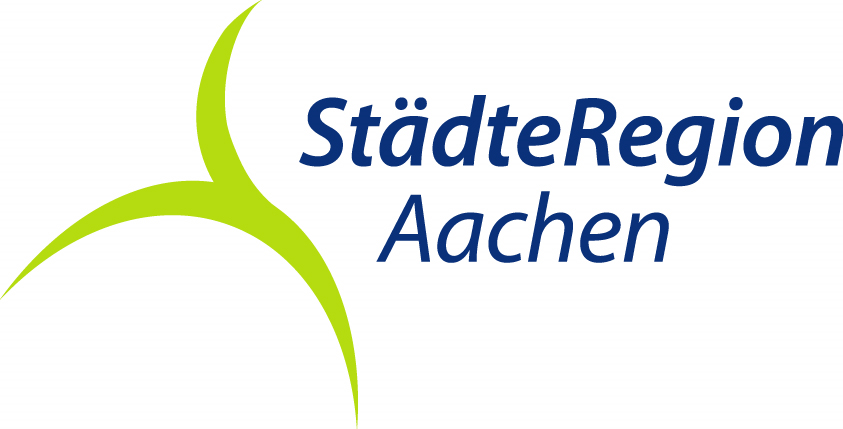Narcissi meadows in the Perlenbach and Fuhrtsbach valleys
Monschau
A sea of yellow flowers in the Eifel: the wild narcissi are in bloom!
They need lots of light so that they can happily stretch their little heads towards the sun: In spring, between March and May, the delicate wild narcissi - Narcissus pseudinarcissus - transform many a valley meadow in the Eifel into a magnificent yellow sea of blossoms. Whether on a guided tour or on your own - a hike in the Perlenbach- and Fuhrtsbachvalley becomes a special experience at this time.
Hiking trails to the wild narcissi in the Monschau region
In the Monschau region, the narcissi have spread especially in the Perlenbach and Fuhrtsbach valleys near Monschau-Höfen. The yellow spectacle of nature can be experienced on three paths of varying lengths between March and May.
- A walk of 3.6 kilometres in the Perlenbach Valley starts at the "Gut Heistert" car park (Heistertweg, Monschau-Kalterherberg) - the path is suitable for prams.
- The 5-kilometre-long small Narcissus Circular Trail starts at the Höfener Mühle (Mühlenweg, Monschau-Höfen) and also leads through the Perlenbach Valley.
- The large narcissi circular trail is a 14-kilometre hike and starts at the Höfen main street hikers' car park (at Naturhaus Seebend, Hauptstr. 123, Monschau-Höfen). A slightly shorter trail - 11.5 kilometres - starts at the "Zum Brüchelchen" hikers' car park (Alzerplatzweg 20, Monschau-Höfen). Both trails lead through the Fuhrtsbach valley.
Of course, the exhibition at the Höfen National Park Gate not only provides information about the Eifel National Park, an entertaining short film about the "yellow narcissus" and a slide show give an impression of the flowering splendour of the small wild representative of our narcissi.
The remote stream valleys have been used for haymaking for centuries since the 12th century. In early spring, they were fertilised with a special irrigation system, the so-called Flüxgräben, with the stream water containing suspended matter. This is how these meadows were created over the centuries, which turn into a sea of flowers in spring and are a habitat for many plants and animals. The meadows were not mown until July, which is good for the narcissi because they flower from March to May. In the 1950s, however, haymaking was no longer profitable for the Eifel farmers, many valley meadows were afforested with spruce and deprived the small narcissi of their light, some meadows were fertilised more heavily and used intensively.
Thanks to an initiative of the NRW Foundation, the area was finally placed under nature conservation in 1976 to protect the meadows with their magnificent flowers. Farmers now use the area extensively - no fertiliser is allowed and it is only mown once late in the year and the spruces were removed: there was again room for the wild narcissi, the bearwort, flower-rich wetland and marsh meadows and arnica-rich bristly grass lawns. Biodiversity has recovered and butterflies, beetles and birds feel at home again.
Many meadows are now covered with narcissis in spring. This is a natural spectacle that can only be found in Germany in the Eifel and Hunsrück. The little spring bloomers have taken the hearts of hikers by storm and many are drawn to the paths through the daffodil meadows at this time of year. If you like, you can take part in guided tours where the guides tell you lots of interesting facts about the yellow spring bloomers and the surrounding area. But you can also explore the meadows on your own on the hiking trails.











